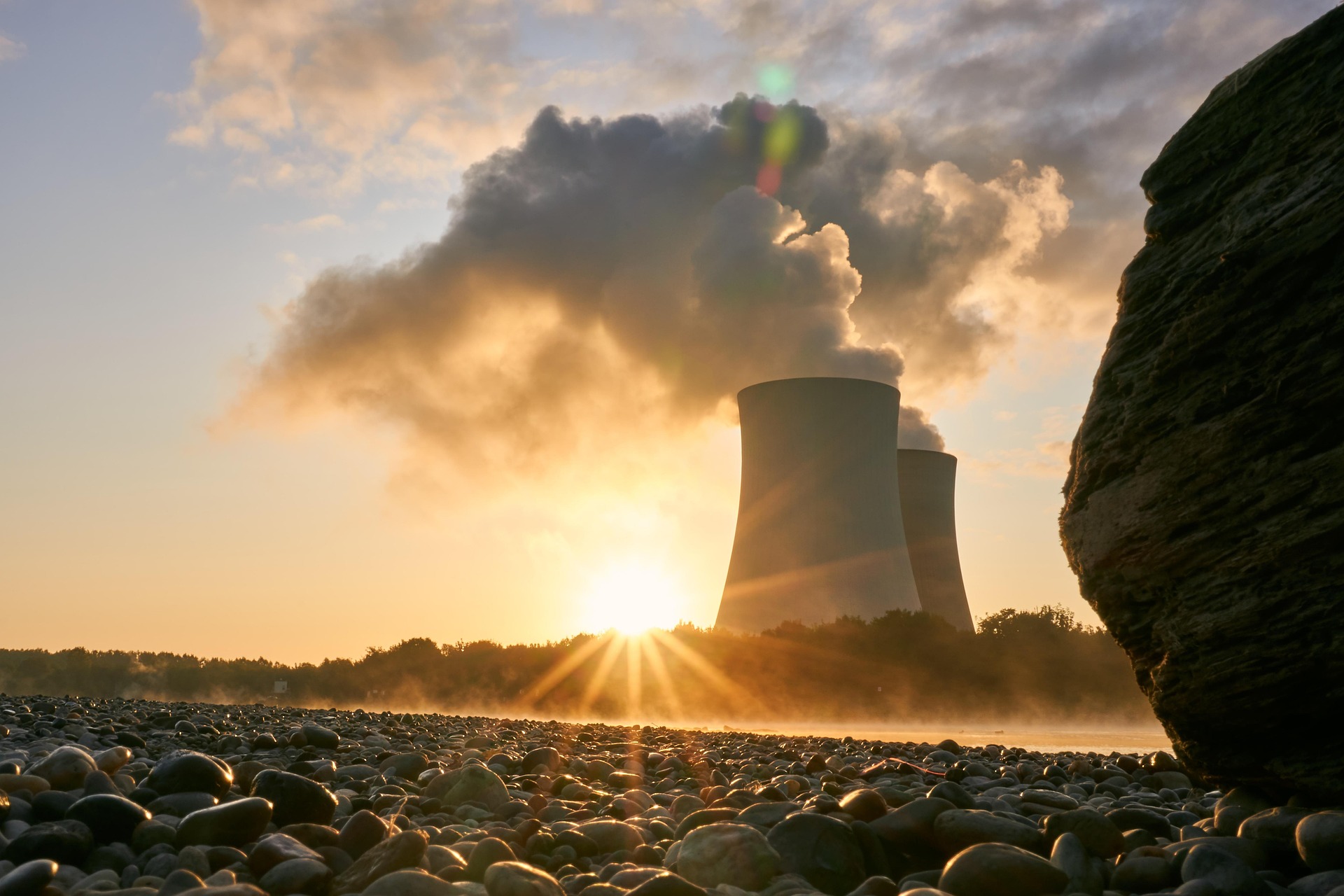Nuclear Tensions Explode Across the Globe, Says SIPRI Report: A new report by the Stockholm International Peace Research Institute (SIPRI) warns that the world is entering a dangerous new phase of nuclear tensions. With over 12,000 nuclear warheads globally, rising conflicts in West Asia, South Asia, and beyond are fueling fears of a renewed arms race. From Israel and Iran to India and Pakistan, nuclear-armed states are becoming flashpoints, while global diplomacy continues to deteriorate.
Nuclear Tensions Explode Across the Globe Says SIPRI Report
As nuclear war shifts from a distant nightmare to a tangible threat, a sobering warning has emerged from the Stockholm International Peace Research Institute (SIPRI). Their latest report outlines how deteriorating global diplomacy and escalating conflict zones are accelerating a new global nuclear arms race. With the Israel-Iran war acting as a dangerous catalyst in West Asia, the threat is no longer regional—it’s global.
“SIPRI 2025 Report says: Nuclear Alert! The Stockholm International Peace Research Institute (SIPRI) has announced that the modernization of nuclear arsenals amid the weakening of arms control agreements marks the beginning of a new era of threat. • 90% of the world’s nuclear weapons are held by the U.S. and Russia • 9 nuclear-armed states are running modernization programs • A new arms race is emerging as arms control collapses • 3,912 warheads are actively deployed—2,100 on high operational alert”
The Israel-Iran conflict has added a fresh layer of volatility in an already unstable West Asia. Israel continues its long-standing policy of strategic ambiguity—neither confirming nor denying the possession of nuclear weapons. Iran, on the other hand, is rapidly advancing its nuclear program, triggering fears far beyond its borders. This tense dynamic has the potential to destabilize the entire region and provoke a larger global response.
The growing danger isn’t limited to West Asia. South Asia is another hotspot. India and Pakistan, both nuclear-armed neighbors, experienced a sharp uptick in hostile rhetoric and cross-border tensions earlier this year. This reinforces concerns that multiple regions around the globe are on edge, and any spark could ignite a larger confrontation involving weapons of mass destruction.
According to SIPRI’s report, as of January 2025, the world possesses an estimated 12,241 nuclear warheads. Of these, around 9,600 are in military stockpiles, either actively deployed or stored with operational forces. Even more concerning, nearly 4,000 of these warheads are currently deployed on missiles or aircraft, ready for rapid deployment. Alarmingly, around 2,100 of these are on high alert status, meaning they are primed for launch within minutes—most of them under the control of the United States and Russia.
In a significant development, the report suggests that China may now be maintaining some nuclear warheads mounted on missiles, indicating a shift in its nuclear posture. If confirmed, this move would mark a substantial departure from China’s previous policy of minimum deterrence, further complicating global arms control efforts.
The list of nuclear-armed countries includes the United States, Russia, the United Kingdom, France, China, India, Pakistan, North Korea, and Israel. Together, Russia and the United States hold a staggering 90% of all global nuclear weapons. The overwhelming dominance of these two nations continues to shape the global nuclear landscape, but the growing ambitions of other nations are shifting the balance.
SIPRI also raises concerns that more countries are now considering acquiring or hosting nuclear weapons, driven by intensifying strategic tensions worldwide. This trend suggests a troubling erosion of long-standing nuclear non-proliferation norms and an increasingly unstable global security environment.
As diplomatic channels weaken and conflicts intensify, the world appears to be edging closer to a new era of nuclear uncertainty. The need for renewed international dialogue, arms control agreements, and crisis management mechanisms has never been more urgent. Without immediate and sustained global cooperation, the specter of nuclear war could move from the realm of theory into a catastrophic reality.

